SUMMARY
This is AI generated summarization, which may have errors. For context, always refer to the full article.
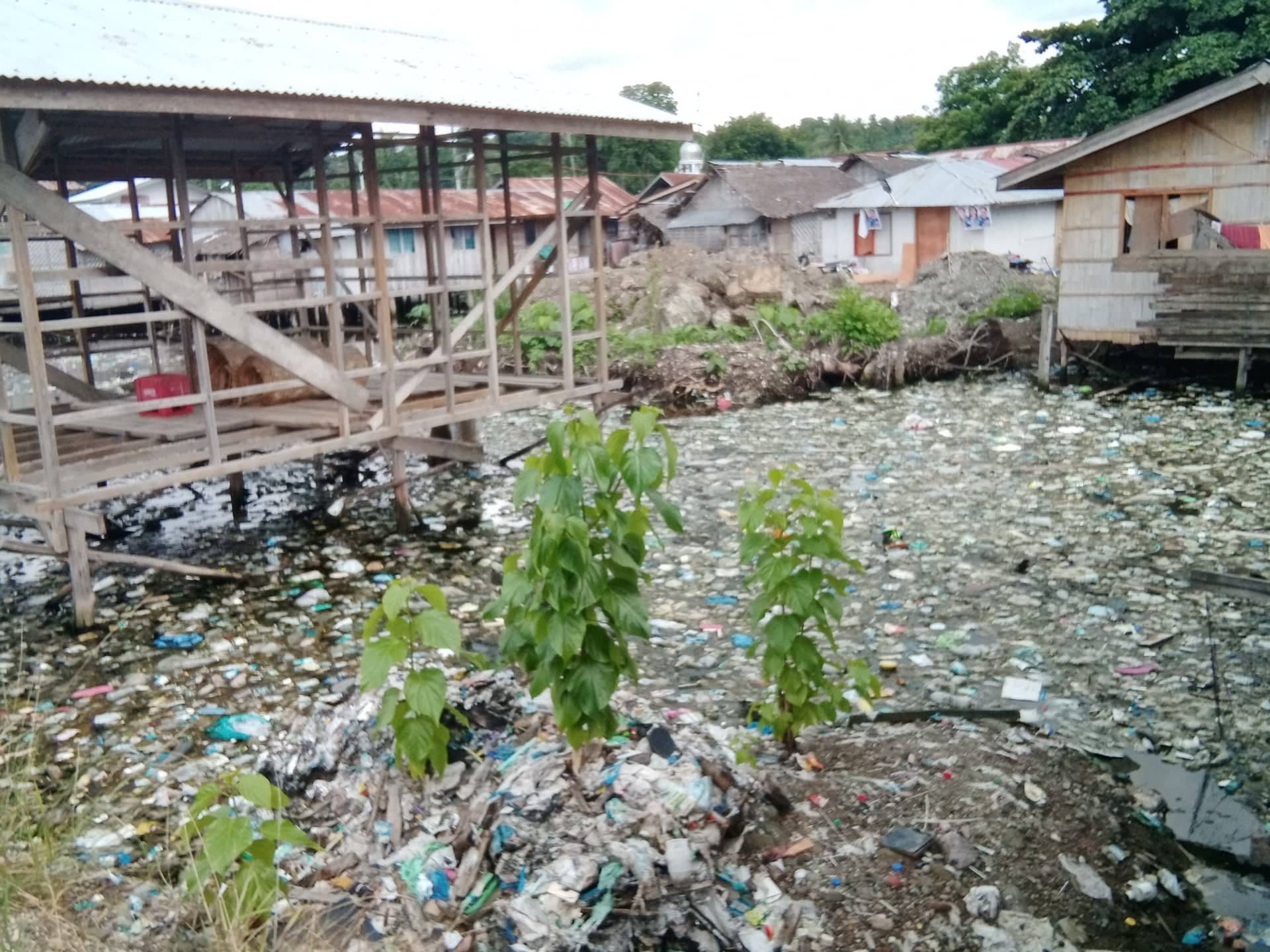
DAVAO ORIENTAL, Philippines – The Mati City government has slammed a Rappler report about the level of fecal coliform contamination at Pujada Bay but stopped short of denying its waters were being polluted as a result of mushrooming communities along its coastline, aggravated by a waste disposal management problem.
In a press statement sent to Rappler on Monday, July 18, the Mati City Information Office (CIO) said the June 28 Rappler report, “Davao Oriental’s world-class bay turns into a virtual cesspool,” had “a lot of loopholes.”
The CIO cited the use of the Philippine Environmental Management Bureau as the source of a study about Pujada Bay’s fecal coliform contamination reaching more than 2,000 parts per million which is way beyond the tolerable level of 200 ppm.
The CIO said the source of the study is not a government agency.
The CIO quoted EMB-Davao Region chemical and hazardous waste permitting section chief Myhrra Harquilla as saying that the bureau no longer uses the unit “parts per million” in determining the bacteria count.
Instead, the EMB is now using the “most probable number per 100 milliliters” or MPN/100ml in determining the bacteria count, according to the CIO.
The CIO also quoted an EMB official as saying that the bureau has no water sampling stations in Pujada Bay, something which was not in the Rappler report.
The CIO said DENR-Davao regional director Bagani Fidel Evasco pointed out that water sampling is specific only to the area where the sample was taken and does not necessarily reflect the situation in the entire bay.
Regardless of water sampling results, the CIO said it was important for local governments and the Department of Environment and Natural Resources (DENR) to collaborate in implementing mitigating measures to minimize if not prevent the contamination in the bay.
The CIO claimed that the city government has long instituted the following measures:
- continuous mangrove rehabilitation in areas surrounding Pujada Bay
- rehabilitation and retrofitting of the sanitary landfill
- improvement of garbage collection service
- continuing information and education campaign on proper waste disposal
- creation of an information and education campaign team of the City Integrated Ecological Solid Waste Management Board
- the bamboo riverbank stabilization program
- water and sanitation hygiene projects like clustered sewerage systems with centralized water treatment facilities
- relocation of coastal residents
- updating the Integrated Coastal Resource Management Plan
The CIO said the DENR cited the city government for its continuing projects aimed at protecting Pujada Bay, “outstanding practices” on solid waste management, and its information and education campaign strategies.
The Europe-based Most Beautiful Bays in the World Association included Pujada Bay, a government-declared protected 21,200-hectare seascape, in its 2020 list of the world’s best bays.
But pollution caused by tons of garbage and the increasing population along its coastline is threatening the bay.
In a June 24 interview, the head of the provincial government’s Environment and Natural Resources Office, Doris Valdesco, cited the study about the fecal coliform contamination of Pujada Bay which she said was already way beyond the tolerable level.
In that interview, Valdesco said she stopped eating shellfish from the bay given all the wastes that find their way into its waters.
But on Monday, July 18, Valdesco took back what she said during a recorded interview, saying her pronouncements were “hearsay.”
“I am not an authority. Only the EMB is the authority there,” said Davao Oriental’s environment and natural resources office chief.
“I don’t like to talk anymore about that matter. I learned my lesson to be circumspect next time. I won’t share anymore my personal opinion, personal experience,” Valdesco told Rappler.
But then Valdesco added that the problem of the Pujada Bay pollution was a “reality,” and that the local government fast-tracked its plans following the report about the bay’s level of fecal coliform contamination.
“What the local government did was also commendable,” Valdesco said.
In an earlier interview, Alfeo Piloton, a retired director of the Bureau of Fisheries and Aquatic Resources (BFAR), expressed alarm about human and mining wastes finding their way into the Pujada Bay’s waters.
Local officials have gone ballistic over the June 28 Rappler report.
Mati Councilor Xenna Princess de Erio-Campos, for instance, berated this Mati-based author for the June 28 Rappler report in a Facebook post.
“We are both Matinians alike… Our job is to help promote our city tourism and businesses for the growth of our motherland,” de Erio-Campos said.
Rappler tried calling Mati city information officer Ben Tesiorna to ask about the piles of garbage along the coastline of Pujada Bay, but he hanged up six times. – Rappler.com
Add a comment
How does this make you feel?


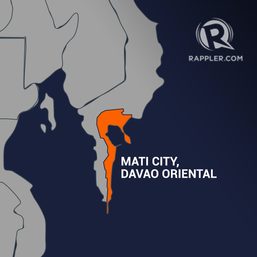
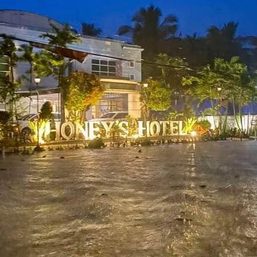
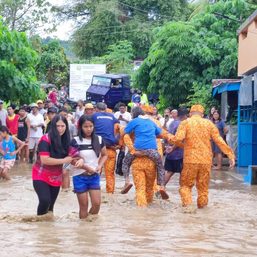

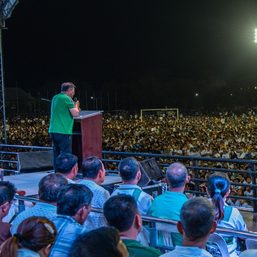
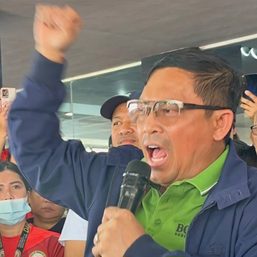
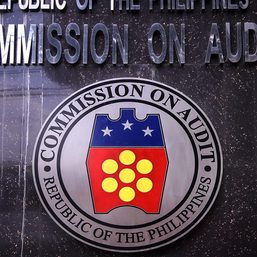
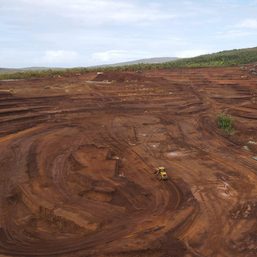
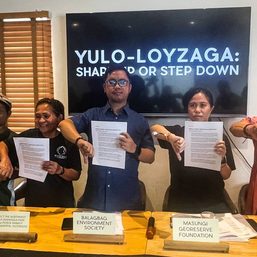
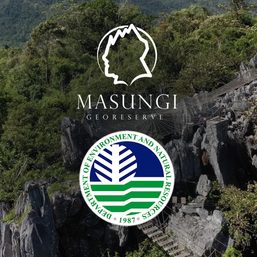
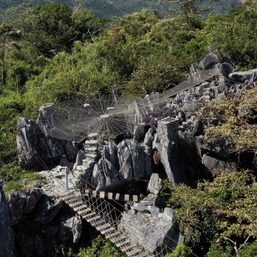
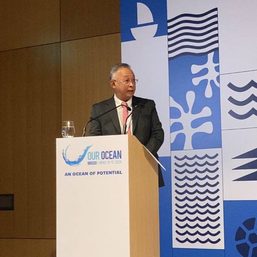
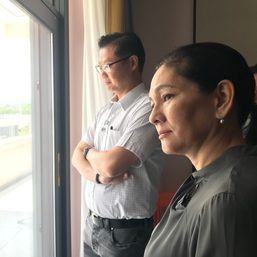
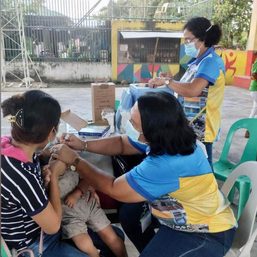
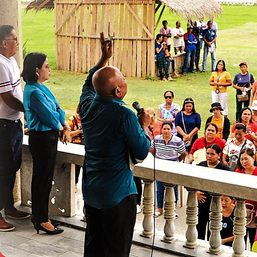
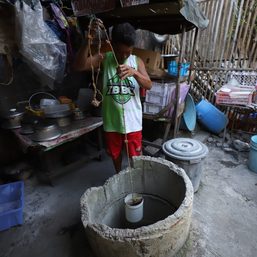
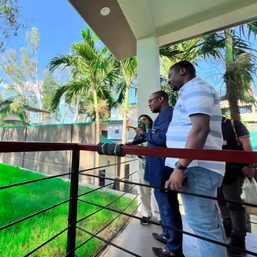
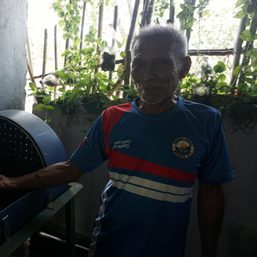
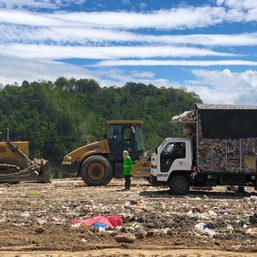
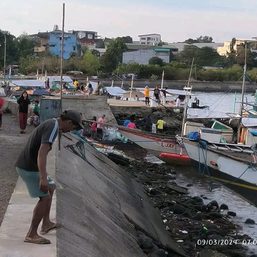
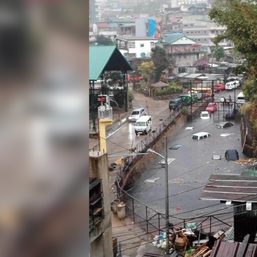
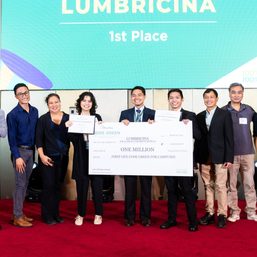
There are no comments yet. Add your comment to start the conversation.